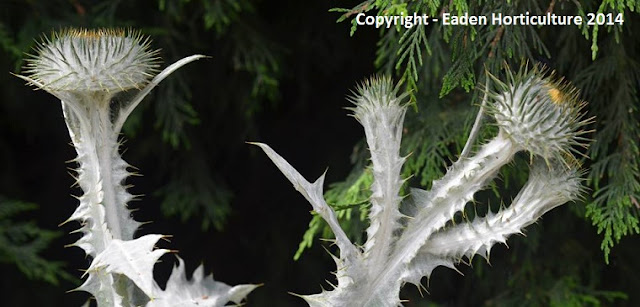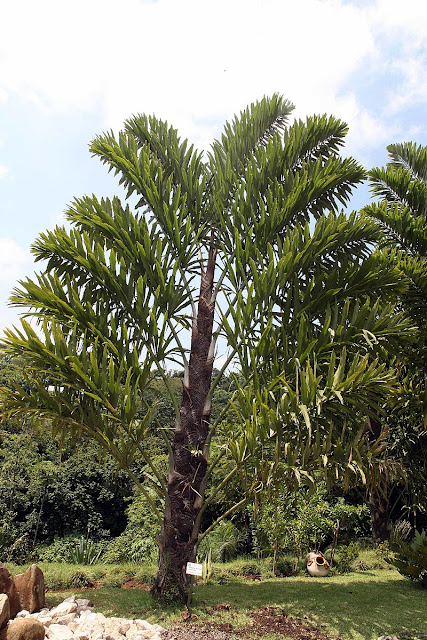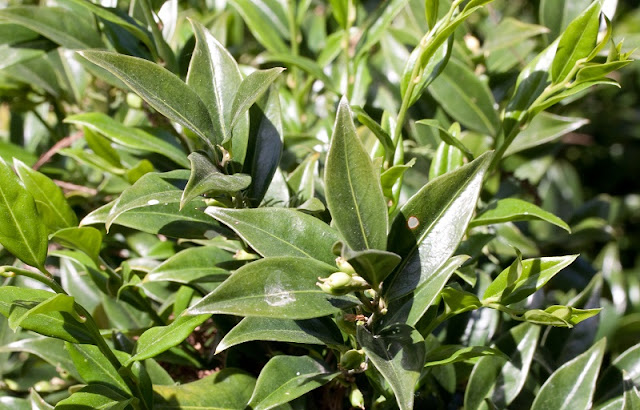Photo credit/site https://www.pexels.com/photo/agriculture-basket-beets-bokeh-533360/
You do not have to live on a farm to know, vegetables that you grow yourself from seed just taste better. Your vegetables are filled with the good nutrition you want and are spared the harmful chemicals that commercial plants are exposed to.
In this post, we are going to give you some tips to grow your food from seeds. Once you see how easy it can be and experience the fresh tastes of your harvest, you will never go back to grocery store produce.
Photo credit/site https://www.pexels.com/photo/man-planting-plant-169523/
It starts with quality seeds
The seeds you plant are critical to the success of your vegetable garden. Buying seed from a discount store, or a chain department stores is not always a good choice. You do not know if the seed is a high-quality product. You do not know how long and under what conditions the seed has been stored.
Seed Needs is an industry leader in vegetable and flower seeds. Their experts can answer your questions and help you select the seed that will grow best in your area. You get good-grade seed at good prices.
The size of your garden
You do not have to have a huge area to plant a garden. You can begin your plants in containers and then transplant them to a raised garden bed. More important than size is the quality of the garden. A 10X10 garden that is healthy and weed-free is much more productive than a 25X50 garden that is continually under attack from weeds and insects. The main thing is to plant where your plants can get 6 to 8-hours of direct sunlight per day. This will help your soil stay temperature controlled and healthy. If you have areas that are shaded, use those areas to plant leafy vegetables like lettuce and spinach. Peas will also grow well in shady spots.
Also, keep in mind that during dry spells, you will need to water your plants. Watering and harvesting are easier if you plant your garden close to your home.
Soil
The soil you plant in is just as important as the seed you use. Whether you have a container garden, a raised garden, or a traditional in-ground garden, the soil must be moist and well-drained.
Organic matter is best for fertilizing your plants. Compost, peat moss, or manure are good choices for fertilizer. You will also want to invest in a soil thermometer so you can track the temperature of the soil. As you gain experience, this will come naturally to you. But in the beginning, a thermometer is a valuable tool.
How many plants do you need?
If you are a beginner gardener, this is a common question. Many new gardeners plant too many warm-season plants such as tomatoes, peppers, and squash. You need to determine how much of these vegetables your family can eat and how much your garden will produce. For example, one healthy tomato plant will produce about 10 pounds of tomatoes in a season.
Now is the time
Early spring is right for planting most warm-weather veggies. If you are starting your plants indoors, just be sure the threat of frost is over before you transplant them. While you are planting, don’t forget to order some herb seeds. Herbs are easy to grow indoors or out, and there is nothing that makes your fresh veggies taste better than home-grown herbs.
Conclusion
Planting your garden is not difficult. The benefit you get from having fresh food is remarkable. Order your seeds now for your April and May planting.









































